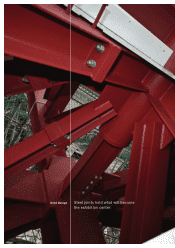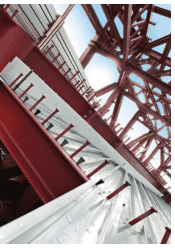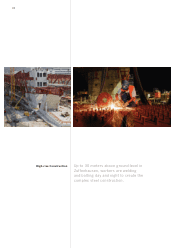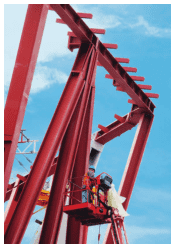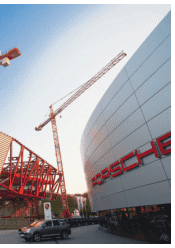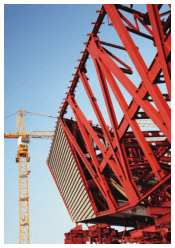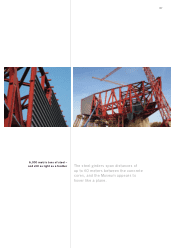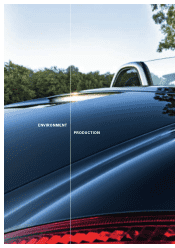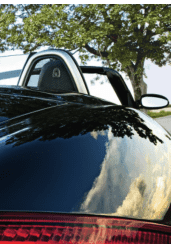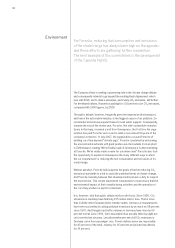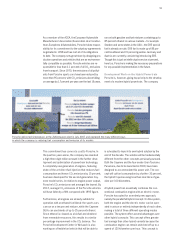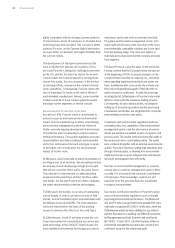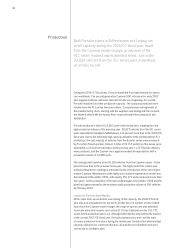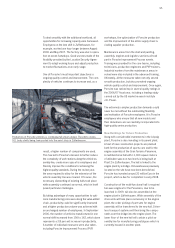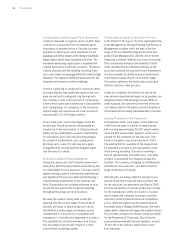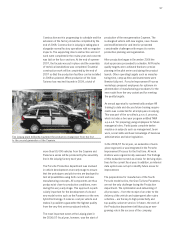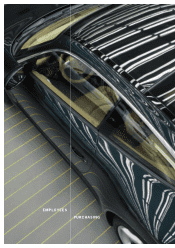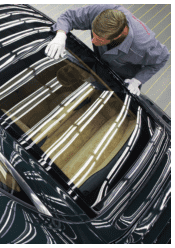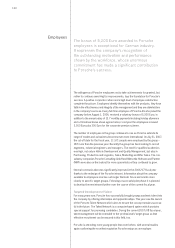Porsche 2006 Annual Report Download - page 92
Download and view the complete annual report
Please find page 92 of the 2006 Porsche annual report below. You can navigate through the pages in the report by either clicking on the pages listed below, or by using the keyword search tool below to find specific information within the annual report.
90
The European Union is seeking a pioneering role in the climate change debate
and consequently intends to go beyond the existing Kyoto Agreement, which
runs until 2012, and to reduce emissions, particularly CO2emissions, still further.
For developed nations, Brussels is pushing for a 30 percent cut in CO2emissions,
compared with 1990 figures, by 2020.
The public debate, however, frequently gives the impression that transport,
and hence the automobile industry, is the biggest causer of air pollution. En-
vironmental activists use popular theses to seek public support. Consequently,
towards the end of the review year, Porsche, like other automobile manufac-
turers in Germany, received a visit from Greenpeace, the first time the orga-
nization has paid Porsche such a visit in what is now almost 60 years of the
company’s existence. In July 2007, the organization accused Porsche of
building cars they deemed “climate pigs”. Porsche countered by welcoming
the environmental activists with giant posters erected outside its main plant
in Zuffenhausen reading “We’ve finally made it! Greenpeace is demonstrating
at Porsche. We’ve really made a name for ourselves now!” Porsche also took
the opportunity to explain to Greenpeace the many different ways in which
the car manufacturer is reducing the fuel consumption and emissions of its
model range.
Without question, Porsche fully supports the goals of further reducing CO2
emissions worldwide in a bid to avoid the potential threat of climate change.
And Porsche naturally believes that developed nations have a duty to respect
the environment. This means automobile manufacturers must ensure that the
environmental impact of their manufacturing activities and the operation of
the cars they produce is kept to a minimum.
It is, however, vital that public debate sticks to the facts. Since 1990, CO2
emissions in Germany have fallen by 215 million metric tons. That is more
than in all the other European Union member states. German car manufacturers
have even succeeded in cutting pollutant emissions by as much as 95 percent
since 1970. And though road traffic volumes in Germany have risen by 60
percent overall since 1990, fuel consumption has actually fallen by eight per-
cent over the last six years. Less than twelve percent of all CO2emissions in
Germany come from passenger cars. Power stations alone are responsible
for 43 percent of the total, industry for 16 percent and private households
for 14 percent.
Environment
For Porsche, reducing fuel consumption and emissions
of the model range has always been high on the agenda –
and these efforts are gathering further momentum.
The best example of this commitment is the development
of the Cayenne Hybrid.


